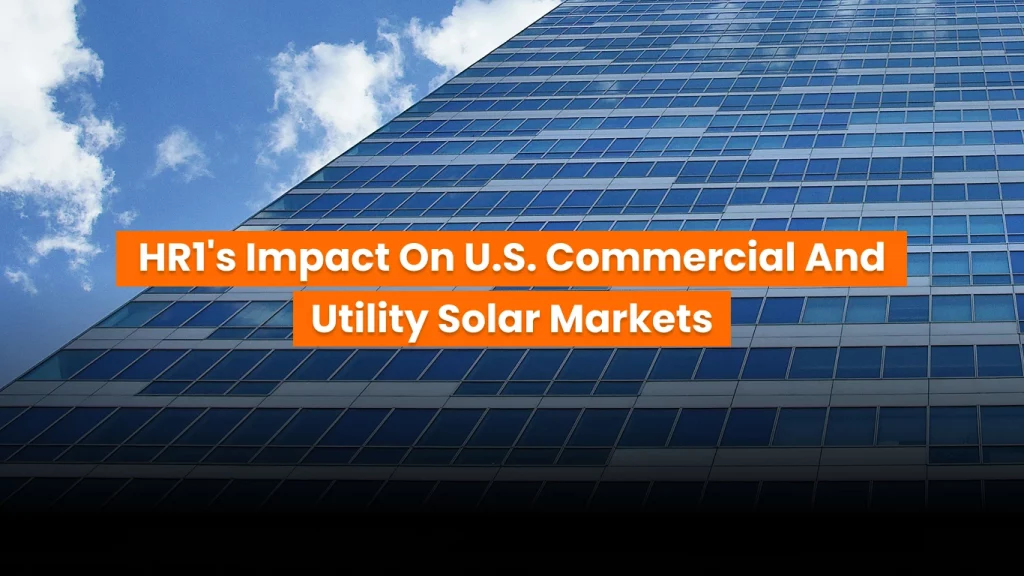Solar Market – With the passage of HR 1, also known as the One Big Beautiful Bill Act, the federal incentives underpinning commercial and utility-scale solar development in the United States have undergone accelerated changes. As of now, projects must begin construction by July 4, 2026 or be placed in service by December 31, 2027 to remain eligible for the full Investment Tax Credit (ITC) benefits. Developers initiating construction within a 12-month window must complete their projects within four years to qualify under these terms.
According to reporting by Solar Power World, which consulted energy finance experts, the safe harbor provisions enacted under the Inflation Reduction Act, including domestic-content and energy-community bonus credits, remain intact for now so long as construction begins before the effective date of HR 1 changes. Moreover, direct pay and credit transfer options continue to be available for eligible commercial and utility projects, including tax-exempt and governmental entities.
Key Provisions and Implications for U.S. Solar
- Shortened timeline: Projects must either break ground by mid-2026 or reach electrified operation by the end of 2027. Missing these deadlines disqualifies them from the 30% ITC and related bonus credit categories.
- Foreign Entity of Concern (FEOC) compliance: HR 1 introduces stricter sourcing rules. Solar and storage‑related components sourced from China, Russia, Iran, or North Korea will render projects ineligible for ITC credit if construction starts after December 31, 2025. Suppliers must comply with new documentation and certification requirements.
- Bonus credit adders preserved: Domestic content, energy community, and low-income community bonus incentives remain available under HR 1 through the ITC sunset period, providing critical upside for developers who meet eligibility criteria.
- Safe harbor rules remain operational for projects started before the cut-off, safeguarding access to credits if the project is later delayed, provided construction and spending thresholds are met within the allowable period.
Strategic outlook for stakeholders
For developers and investors in commercial and utility-scale solar, HR 1 introduces compressed timelines and supply-chain scrutiny that demand proactive planning. Projects must secure financing and labor, lock in equipment, and initiate construction well before the mid-2026 deadline to preserve incentives and safe harbor protections. Developers should carefully document all supplier sources and ownership structures to avoid disqualification under FEOC rules.
At the same time, manufacturers and supply-chain planners must assess their material sourcing: exceeding allowable percentages from foreign entities could eliminate eligibility for the lucrative 45Y/48E ITC or 45X manufacturing credits, which remain in effect through 2029 under HR 1.
Ultimately, while HR 1 maintains essential incentive frameworks like transferability and bonus adders, its accelerated timelines and stricter sourcing rules raise the stakes for action—and demand clear strategy from all market participants.




